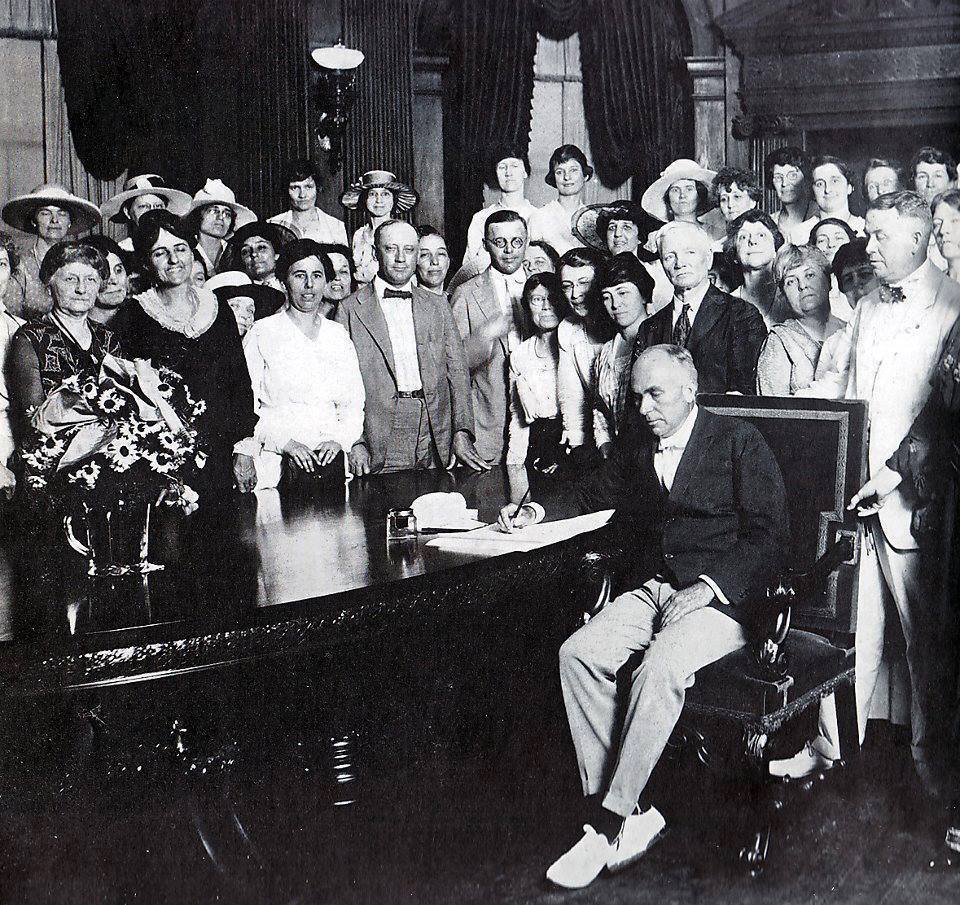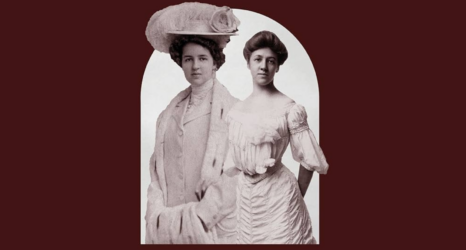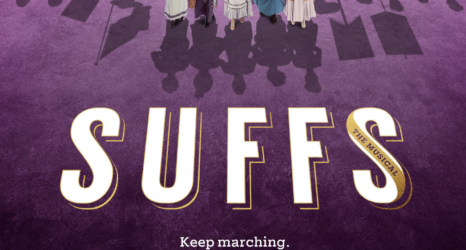
Today in Feminist History is our daily recap of the major milestones and minor advancements that shaped women’s history in the U.S.—from suffrage to Shirley Chisholm and beyond. These posts were written by, and are presented in homage to, our late staff historian and archivist, David Dismore.
July 3, 1919: In keeping with the spirit of liberty and equality to be celebrated tomorrow on Independence Day, the pace of State ratifications of the Susan B. Anthony (woman suffrage) Amendment has once again returned to a high level.

Yesterday it was Iowa, and today Missouri, making a total of 11 State legislatures that have approved in less than a month, with only 25 to go for the 36 out of 48 needed. The speed with which ratification is being accomplished seems even more amazing in light of the fact that on June 4th, when the proposed amendment got final approval from Congress, only seven of the forty-eight State legislatures were in regular session.
The low number of legislatures initially available to ratify last month wasn’t simply due to “bad luck.” In the final few months of the campaign in Congress, opponents knew the Anthony Amendment would have enough votes for approval thanks to Republican gains on election day, but their last-ditch strategy was to delay passage until most State legislatures had adjourned their regular biennial sessions. They would not be able to reconvene until 1921 unless their governors called a “special session” to vote on ratifying the suffrage amendment. Since some governors would be opposed to woman suffrage in general, and never call such a session, those States could be counted out until after the 1920 election no matter how many of the State’s legislators might be in favor of ratification. Even some pro-suffrage governors would be reluctant to call a session that would require the taxpayers to foot the bill for an extra session.
The strategy of putting the same intense pressures on State governors that used to be applied to members of Congress seems to be working, though. President Wilson, the nation’s highest-ranking Democrat, can also be counted among those lobbying Democratic State governors, so the efforts made to get him to first support, then work hard for the Anthony Amendment are still paying dividends.
The States that have approved so far are: Illinois, Wisconsin and Michigan (June 10th); Kansas, New York and Ohio (June 16th); Pennsylvania (June 24th); Massachusetts (June 25th); Texas (June 28th); Iowa (July 2nd) and Missouri today.
Though there is no limit on how long the States have to ratify, it is the goal of both the National American Woman Suffrage Association and the National Woman’s Party to get the necessary 36 out of 48 States to approve the Anthony Amendment in time for all the remaining State bans on women voting to be invalidated before the November, 1920 elections. This, of course, is precisely what our opponents are determined to prevent by any means necessary. But if the overwhelming margins of approval by the State legislatures that have voted on it so far, and the willingness of so many governors to quickly call special sessions are any indication, the proposed Anthony Amendment is well on its way to becoming known as the “Nineteenth Amendment.”





